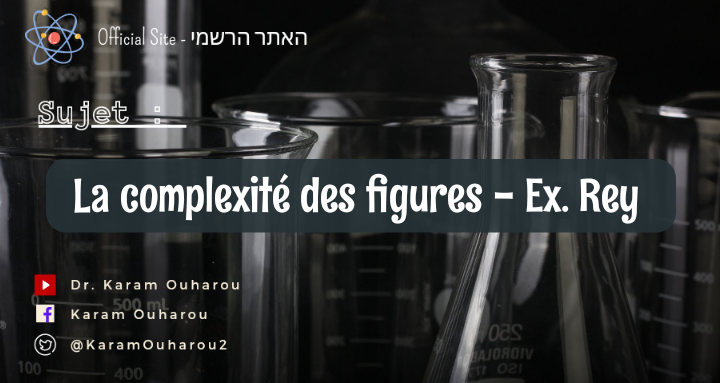Sub-4 K Cryogenic Mastery through Laser-Induced Forced Evaporative Cooling of Molecular Anions - Pioneering Quantum Control at Ultralow Temperatures
Abstract :
The study of cold and controlled molecular ions has been of key importance for a1 wide range of applications, such as the production of cold antihydrogen, creation and study of anionic Coulomb crystals and in atmospheric research and astrochemistry. However, the commonly used anion cooling technique via collisions with a buffer gas is limited by the temperature of the used cryogenic cooling medium. Here we demonstrate the forced evaporative cooling of anions via a laser beam with photon energies far above the photodetachment threshold of the anion. We cool an anionic ensemble from an initial temperature of 370(12) K down to 2.2(8) K. This results in a three orders of magnitude increase in the phase-space density of the ions, approaching the near-strong Coulomb coupling regime. We present an analysis of the cooling dynamics through a thermodynamic model that includes the role of intrinsic collisional heating, without any fitting parameters. This technique can be used to cool any anionic species below liquid helium temperature, providing a tool to push the frontiers of anion cooling below state-of-the-art temperature regimes.
Introduction:
The manipulation and control of molecular ions and anions at ultra-low temperatures have opened up new avenues in the field of precision spectroscopy, quantum chemistry, and cold molecule physics. One remarkable technique in this realm is laser-induced forced evaporative cooling, which allows researchers to cool molecular anions to temperatures below 4 K. This article delves into the principles, experimental setup, and applications of this cutting-edge cooling technique.
Principles of Laser-Induced Forced Evaporative Cooling:
Laser-induced forced evaporative cooling is a sophisticated cooling method that relies on the interaction between electromagnetic radiation and molecular anions. This process is based on the concept of selective vibrational excitation, where specific vibrational modes of the anions are excited using laser light. This excitation increases the internal energy of the anions, promoting evaporation of the highly excited molecules from the trapped sample, leading to cooling through the evaporative cooling process.
Experimental Setup:
The experimental setup for laser-induced forced evaporative cooling involves a combination of various components, including lasers, ion traps, and detectors. An ion trap, typically a linear Paul trap or a Penning trap, is used to confine the molecular anions. Precise control of the trapping potential ensures the stability of the trapped ions. Laser systems with narrow linewidths and tunability are employed to selectively excite specific vibrational modes of the anions. The detection system monitors the number and energy distribution of the evaporating molecules.
Cooling Dynamics and Achieving Ultra-Low Temperatures:
The cooling process begins with the selective excitation of high-energy vibrational modes of the anions using lasers. These modes correspond to the internal vibrational degrees of freedom of the anions. As these highly excited molecules evaporate from the trap, they carry away excess energy, leading to a reduction in the average kinetic energy of the remaining molecules. This process is analogous to evaporative cooling in atomic systems, where the hottest particles leave the trap, resulting in cooling of the remaining ensemble.
Applications:
Laser-induced forced evaporative cooling of molecular anions holds significant promise for various applications in fields such as quantum information processing, precision spectroscopy, and cold chemistry. The ability to control and manipulate molecular ions at extremely low temperatures enables the exploration of exotic quantum phenomena, such as the formation of ultracold molecular ion complexes. Additionally, the precise spectroscopic studies of cold molecular ions offer insights into molecular structure, chemical reactions, and quantum dynamics.
Challenges and Future Directions:
While laser-induced forced evaporative cooling has shown impressive results in cooling molecular anions to ultralow temperatures, there are challenges to address. One challenge lies in the precise control of the cooling process to avoid unwanted chemical reactions induced by the high-energy excitations. Furthermore, extending this technique to more complex molecular systems presents additional challenges due to the intricate vibrational structure and potential energy surfaces.
Laser-induced forced evaporative cooling of molecular anions below 4 K has emerged as a powerful tool for achieving ultra-cold temperatures and controlling molecular systems at the quantum level. By selectively exciting vibrational modes and exploiting evaporative cooling dynamics, researchers can explore new frontiers in quantum chemistry, precision spectroscopy, and cold molecule physics. Continued advancements in this field will undoubtedly lead to a deeper understanding of molecular interactions and open up avenues for novel technological applications.



Comments